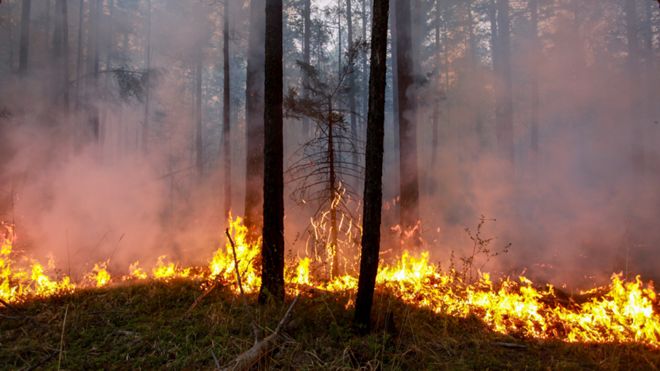14 DECEMBER 2021 /
WEATHER AND CLIMATE EXTREMES ARCHIVE
The World Meteorological Organization (WMO), a UN agency verified the record and officially confirmed the highest temperature ever recorded in the Arctic as 38 C sounding alarm over the Planet Earth’s changing climate.
The temperature reported in the Siberian Town of Verkhoyansk on 20 June 2020 was 18 C higher than the average temperature in the area.
The extreme heat in the region contributed to the spread of wildfires in the northern Russia releasing high amount of carbon, as per the WMO release.
The high temperature across Siberia led to “massive sea ice loss”, the WMO said.
Europe witnessed temperatures that were far above average in the north and below average in the south, as per the monthly Climate Report of the WMO.
In June, an estimated amount of 59 megatonnes of Carbon dioxide were released, which is more than last year’s June total emission of 53 megatonnes of CO2, WMO said in the Press Release on 8 July 2020.
“The Arctic is among the fastest warning regions in the world and is heating more than twice the global average. The extreme temperature and ongoing climate change prompted a WMO panel of experts to add a new climate category ‘highest recorded temperature at or north of 66.5 degrees, the Arctic Circle’ to its international Archive of Weather and Climate Extremes,” said the website of the UN agency on 14 December 2021.
The Archive of Weather and Climate Extremes include the world’s highest and lowest temperatures, rainfall, heaviest hailstone, longest dry period, maximum gust of wind, longest lightning flash and weather related mortalities.
WMO Studies revealed that temperatures were higher than average over land, particularly over the central USA and southern Canada, north-eastern Canada and most of Africa, the Middle East, China, South America and Australia.
North India also experienced temperatures that were distinctly below average, says the Report


